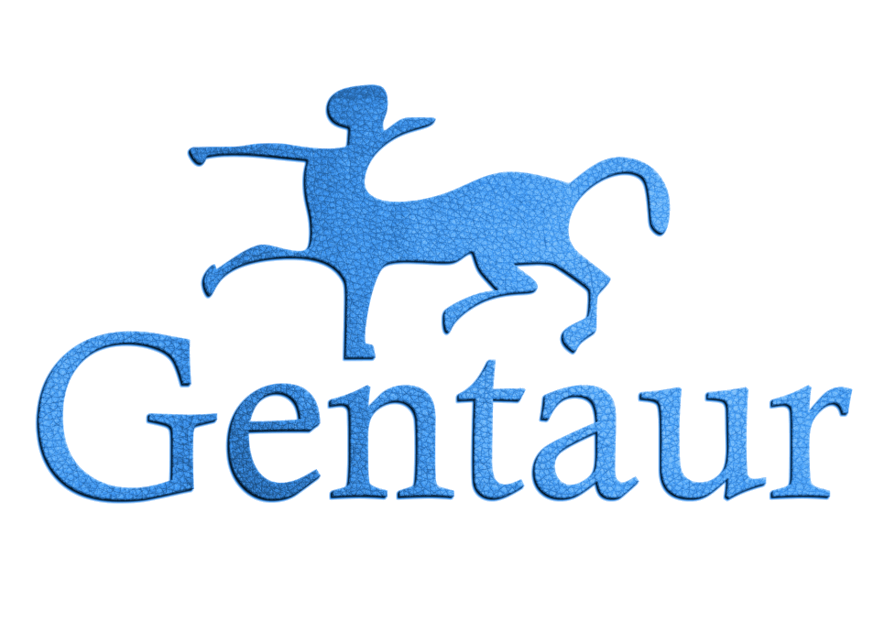-
Type
Conjugated Primary Antibody
-
Conjugated with
ALEXA FLUOR® 594
-
Host organism
Rabbit (Oryctolagus cuniculus)
-
Target Protein Peptide
ABCD4
-
Specificity
This antibody reacts specifically with ABCD4
-
Modification
No modification has been applied to this antibody
-
Modification site
None
-
Clonality
Polyclonal Antibody
-
Clone
Polyclonal Antibodies
-
Concentration
1ug per 1ul
-
Subcellular locations
N/A
-
Antigen Source
KLH conjugated synthetic peptide derived from human ABCD4
-
Gene ID
N/A
-
Swiss Prot
N/A
-
Applications
IF(IHC-P)
-
Applications with corresponding dilutions
IF(IHC-P)(1:50-200)
-
Cross reactive species
Human (Homo sapiens), Mouse (Mus musculus), Rat (Rattus norvegicus)
-
Cross Reactive Species details
No significant cross reactivity has been observed for this antibody for the tested species. However, note that due to limited knowledge it is impossible to predict with 100% guarantee that the antibody does not corss react with any other species.
-
Background information
The peroxisomal membrane contains several ATP-binding cassette (ABC) transporters, ABCD1-4 that are known to be present in the human peroxisome membrane. All four proteins are ABC half-transporters, which dimerize to form an active transporter. A mutation in the ABCD1 gene causes X-linked adreno-leukodystrophy (X-ALD), a peroxisomal disorder which affects lipid storage. ABCD2 in mouse is expressed at high levels in the brain and adrenal organs, which are adversely affected in X-ALD. The peroxisomal membrane comprises two quantitatively major proteins, PMP22 and ABCD3. ABCD3 is associated with irregularly shaped vesicles which may be defective peroxisomes or peroxisome precursors. ABCD1 localizes to peroxisomes. ABCB7 is a half-transporter involved in the transport of heme from the mitochondria to the cytosol.
-
Purification method
Purified by Protein A.
-
Storage
Water buffered solution containing 100ug/ml BSA, 50% glycerol and 0.09% sodium azide. Store at 4°C for 12 months.
-
Excitation emission
590nm/617nm
-
Synonyms
ABC 41; ABC41; ABCD 4; ABCD4; ABCD4_HUMAN; ATP binding cassette sub family D ALD member 4; ATP binding cassette sub family D member 4; ATP-binding cassette sub-family D member 4; P70R antibodyP79R; Peroxisomal membrane protein 1 like; Peroxisomal membrane protein 1-like; Peroxisomal membrane protein 69; PMP 69; PMP69; PMP70-related protein; XMP 1L; PXMP1 L; PXMP1-L; PXMP1L.
-
Also known as
ABCD4 Polyclonal Antibody
-
Other name
Anti-ABCD4 Polyclonal
-
Advisory
Avoid freeze/thaw cycles as they may denaturate the polypeptide chains of the antibody, thus reducing its reactivity, specificity and sensitivity. For antibodies that are in liquid form or reconstituted lyophilized antibodies small amounts could become entrapped on the seal or the walls of the tube. Prior to use briefly centrifuge the vial to gather all the solution on the bottom.
-
Properties
For facs or microscopy Alexa 1 conjugate.
-
Conjugation
Alexa Fluor, ALEXA FLUOR® 594
-
Conjugated
Alexa conjugate 1
-
Description
This antibody needs to be stored at + 4°C in a fridge short term in a concentrated dilution. Freeze thaw will destroy a percentage in every cycle and should be avoided. Antibody for research use.
-
Group
Polyclonals and antibodies
-
About
Polyclonals can be used for Western blot, immunohistochemistry on frozen slices or parrafin fixed tissues. The advantage is that there are more epitopes available in a polyclonal antiserum to detect the proteins than in monoclonal sera.
-
Gene target
-
Gene symbol
ABCD4
-
Short name
Anti-ABCD4
-
Technique
Polyclonal, anti-, anti, antibody to, antibodies, Polyclonal antibodies (pAbs) are mostly rabbit or goat antibodies that are secreted by different B cells, whereas monoclonal antibodies come from a single N cell lineage. Pabs are a collection of immunoglobulin molecules that react against a specific antigen, each identifying a different epitope.
-
Isotype
Immunoglobulin G (IgG)
-
Label
ALEXA FLUOR 594
-
Alternative name
ABCD4 Polyclonal Antibody, ALEXA FLUOR® 594 Conjugated
-
Alternative technique
polyclonals, antibodies
-
Alternative to gene target
ATP-binding cassette, sub-family D (ALD), member 4, ABC41 and EST352188 and MAHCJ and P70R and P79R and PMP69 and PXMP1L, ABCD4 and IDBG-11957 and ENSG00000119688 and 5826, ATPase activity, Plasma membranes, Abcd4 and IDBG-156897 and ENSMUSG00000021240 and 19300, ABCD4 and IDBG-646851 and ENSBTAG00000014633 and 528646
-

